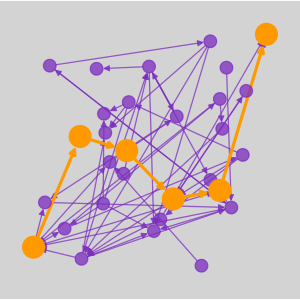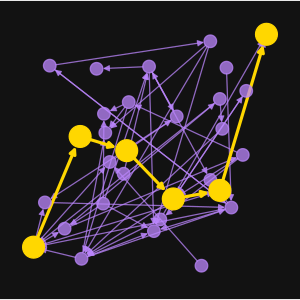Lightning Network Gossip
The ln-history project works with messages of the Bitcoin Lightning network specifically the gossip messages. This page should give you a an overview about their strucuture and most important types. For detailed information see the protocol:
Motivation / Requirements
The Lightning Network is a distributed system, meaning there is no central server from which data can be retrieved. Instead, each node must gather data from multiple peers in order to avoid relying on a single trusted source. This creates a strong need for compact messaging, so that nodes can participate in the network without requiring significant bandwidth. Furthermore, the message format is defined at a very low level, close to the hardware — every bit in a message has a specific purpose and is carefully designed to minimize overhead.
Lightning Messages
Format
Lightning messages follow the TLV format, which stands for Type-Length-Value. The actual positioning of the values are Length->Type->Value.
Lets understand how each part is structured.
Length
The length determines the number of bytes of the message. It is encoded as varint a format that is used a lot in Bitcoin. It is a clever way to compress unsigned integer values. The two python functions which can be found in the lnhistoryclient/parser/common.py explain it clearly:
Type
The type of a Lightning Message is exactly 2 bytes long and contains the information of how to parse the bytes.
Certain ranges represent the kind of message type, see:
0to31- Setup & control32to127- Channel128to255- Commitment256to511- Routing32768to65535- Custom
Value
The value of a Lightning Message contains the actual data of the message. This is most times the longest part.
Gossip messages
A specific type of Ligtning Message are the gossip messages. They are part of the routing range between 256 and 511.
For this tool we are interested in those three gossip messages
256-channel_announcement257-node_announcement258-channel_update
Each of them has unique rules for which byte represents which information.
See those python functions from lnhistoryclient/parser/parser.py to get an understanding:

